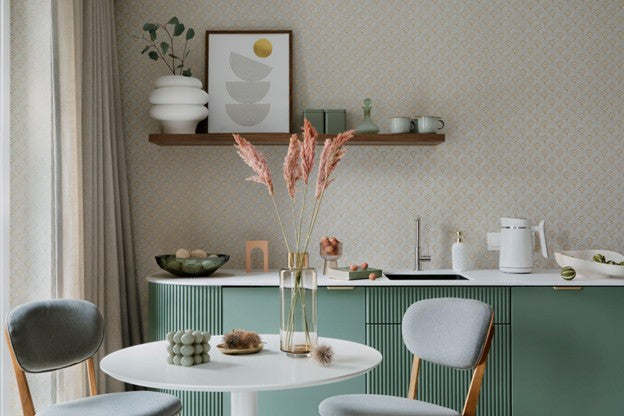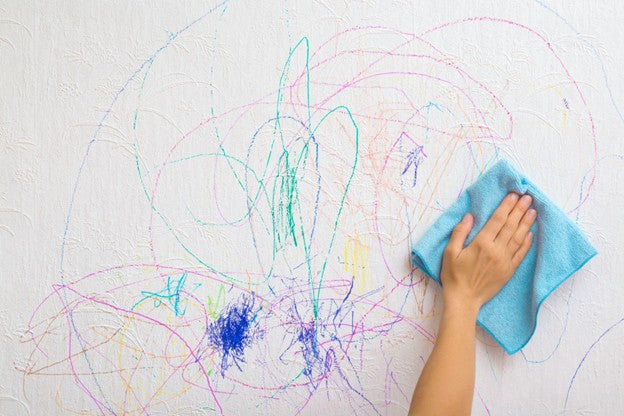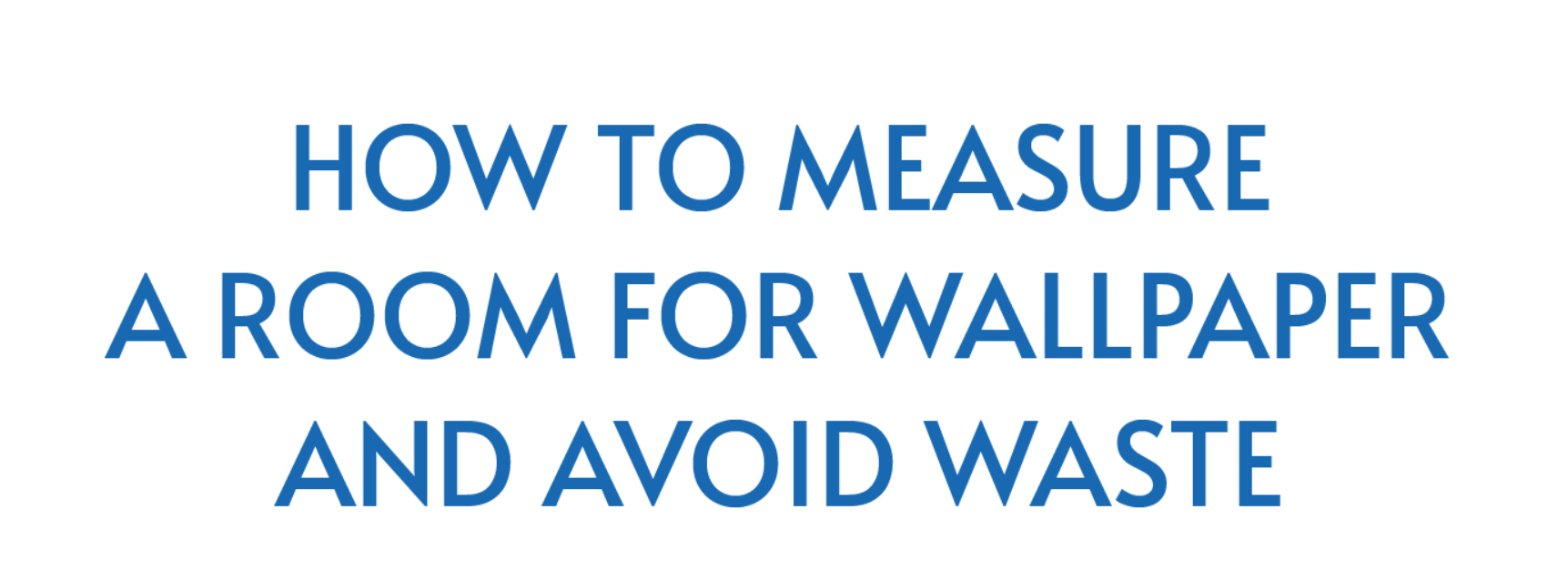Exposed brick has an enduring appeal—its texture and character add instant depth to any space. But real brick walls come with dust and a hefty price tag. That’s why faux brick wallpaper has become a go-to design choice for homeowners, renters, and DIYers who want the same visual appeal without construction mess.
Ahead, we’ll explain how to make a faux brick wall that looks surprisingly real using wallpaper. From choosing the right print to preparing the surface and finishing the look, you’ll learn the steps professionals follow, using reliable ROMAN primers and adhesives for a smooth, durable installation.
Choosing the Right Faux Brick Wallpaper
The key to realism lies in texture, scale, and color. Look for textured brick wallpaper with a matte or lightly embossed finish, as glossy prints flatten the illusion.
Color and style:
- Classic red brick warms up industrial or loft-inspired rooms.
- Whitewashed or gray brick adds softness to coastal or farmhouse interiors.
- Charcoal and black brick give a sleek, modern edge in urban spaces.
- Brick size: Smaller brick patterns make tight rooms feel balanced, while large-scale bricks suit open layouts. Also note the mortar color. A cooler gray creates contrast and depth, while a warm beige softens red tones.
Pattern repeat: Choose offset matches for authenticity. Always order an extra roll to account for trimming waste along mortar lines.
When selecting your material:
- Peel-and-stick wallpaper is renter-friendly and easy to reposition. Pair it with ROMAN E-Z Hang Peel & Stick Helper to improve slip during application and ensure long-term hold.
- Unpasted vinyl or non-woven paper offers a permanent, professional finish. Use ROMAN PRO-880 Ultra® Clear Strippable Adhesive, a dependable wallpaper adhesive that provides strong wet tack and extended open time.
- Pre-pasted wallpaper simplifies the process. Activate it evenly with ROMAN PRO-505 TEKNAgrip® Activator for consistent coverage.
Before buying, tape a sample on the wall and check it in daylight and evening light. This simple test ensures you’ve chosen the best faux brick wallpaper for your space.
Preparing the Wall Surface

Wipe the surface with mild soap and water to remove residue, patch any nail holes, and lightly sand uneven areas. Once dry, apply a wallpaper primer that matches your wall type:
- ROMAN PRO-977 Ultra-Prime® Pigmented Primer promotes strippability and is excellent on bare drywall.
- ROMAN PRO-909 Vinyl Prep® Clear Primer is a clear acrylic primer for clean, sound paint. Its transparency allows the existing wall color to subtly influence the mortar look.
- ROMAN PRO-935 R-35® Adhesion Promoting Primer ensures grip on glossy or sealed surfaces such as paneling or laminate.
Let the primer dry completely before starting the wallpaper installation. This step locks in a uniform surface and allows your wallpaper to release cleanly when it’s time for an update.
Installing Faux Brick Wallpaper
Brick patterns reveal crooked lines faster than any other design, so accuracy matters. Start your wallpaper installation from the most visible corner and draw a plumb line to stay true.
Cut each strip so the first full row of “bricks” starts at a natural eye-level line—such as a window top or chair rail. Apply your chosen wallpaper adhesive or activator as directed:
● Roll PRO-880 Ultra® Clear onto the back of unpasted wallpaper.
● Activate pre-pasted wallpaper evenly with PRO-505 TEKNAgrip® per label instructions, which increases slip and extends open time for pattern matching.
● Mist the wall with E-Z Hang Peel & Stick Helper before hanging peel-and-stick paper.
Hang strips carefully, smoothing outward with a plastic smoother or wallpaper brush. Align each new strip so the mortar joints line up exactly—this alignment is what sells the brick illusion. For a seamless look, slightly overlap adjacent strips, then double-cut through both layers along a mortar line and remove the excess edges (PRO-977’s water resistance supports clean double-cuts).
Use a seam roller only along grout lines to avoid flattening the brick texture. Wipe away any adhesive residue with a damp sponge before it dries.

Enhancing Realism and Texture
Once the wallpaper is up, small details make it feel authentic.
● Offset seams: Real brickwork is staggered; make sure seams never stack vertically.
● Lighting: Wall sconces or track lights angled down the surface cast shadows that enhance the visual texture of 3D faux brick wallpaper.
● Aged or whitewashed effects: Lightly dry-brush diluted chalk paint over select bricks to mimic limewash or weathering.
● Subtle sheen variation: Apply a low-sheen wallpaper sealer or clear matte varnish on random bricks to reflect light unevenly, similar to natural brick glaze.
● Edge wrapping: Carry the pattern slightly around outside corners or recesses for a continuous, built-in appearance.
● Material pairing: Complement faux brick wall wallpaper with wood shelves, iron hardware, or greenery to heighten realism.
If you’re renting, consider installing the paper on lightweight foam boards or MDF panels first, then mount them like art. This trick achieves depth without touching the wall itself.
Avoiding Common Faux Brick Mistakes
Because brick patterns emphasize precision, a few missteps can ruin the look. Here’s how to avoid them:
|
Mistake |
Why It Happens |
How to Fix It |
|
Bricks drift off level |
Wall not plumb |
Check plumb line frequently and adjust alignment every few strips |
|
Mortar joints don’t match |
Pattern repeat not aligned |
Overlap and double-cut along a mortar line |
|
Seams shine or flatten |
Rolled too firmly |
Use a light touch and roll only over grout areas |
|
Bubbles appear |
Air trapped beneath paper |
Lift gently and re-smooth from the center outward |
|
Wallpaper looks too flat |
Chose glossy or low-contrast design |
Opt for matte, textured wallpaper with shadow detail |
Styling Ideas and Room Inspiration
A faux brick wall can change a room’s mood instantly. Use it as a design anchor instead of covering every wall.
● Living rooms and bedrooms: One feature wall behind a sofa or headboard gives architectural depth.
● Dining areas and kitchens: Red or white brick behind a banquette adds warmth and dimension.
● Entryways and hallways: Gray or white brick brightens narrow spaces and creates texture without clutter.
● Loft and industrial settings: Mix red brick wallpaper with metal and reclaimed wood for an urban finish.
● Small spaces: Apply brick faux wallpaper behind open shelving or around mirrors to create depth.
For a creative twist, use leftover paper on stair risers, furniture panels, or framed sections of MDF.
Priming with PRO-977 or PRO-909 supports clean removal when paired with appropriate wallcoverings and adhesives.

Find Perfection With ROMAN Products
Learning how to make a faux brick wall with wallpaper is one of the easiest ways to transform plain drywall into an attractive architectural feature. With the right approach, faux brick wallpaper delivers texture and character that rivals real masonry, minus the expense or mess.
Using high-performance ROMAN primers, adhesives, and installation helpers ensures your project goes smoothly and lasts for years. Whether you want a rustic loft vibe or a clean white-brick backdrop, brick faux wallpaper proves that big design impact doesn’t require demolition—just precision, patience, and the right products.
Recent Posts
-
How to Use Wallpaper to Create a Faux Brick Effect
read more >> -
Wallpapering Inside Closets & Pantries: A Fun Surprise Element
read more >> -
How to Install Wallpaper on a Fireplace Surround for a Bold Touch
read more >> -
How to Wallpaper a Kitchen Backsplash (and Waterproof It)
read more >> -
How to Remove Stains From Wallpaper Without Ruining It
read more >> -
How to Measure a Room for Wallpaper and Avoid Waste
read more >>







